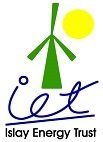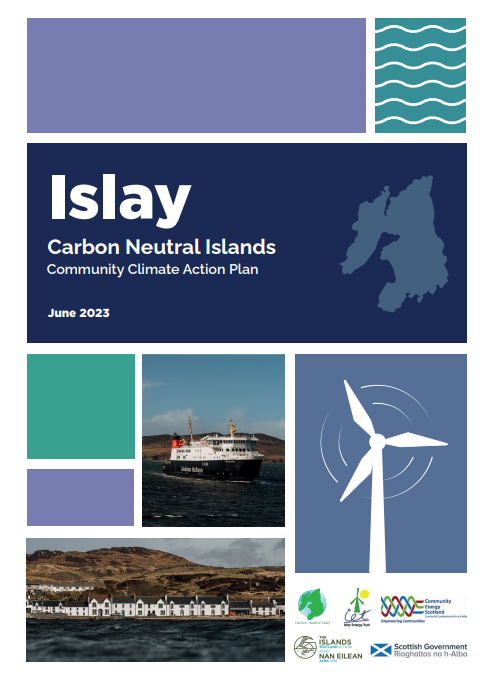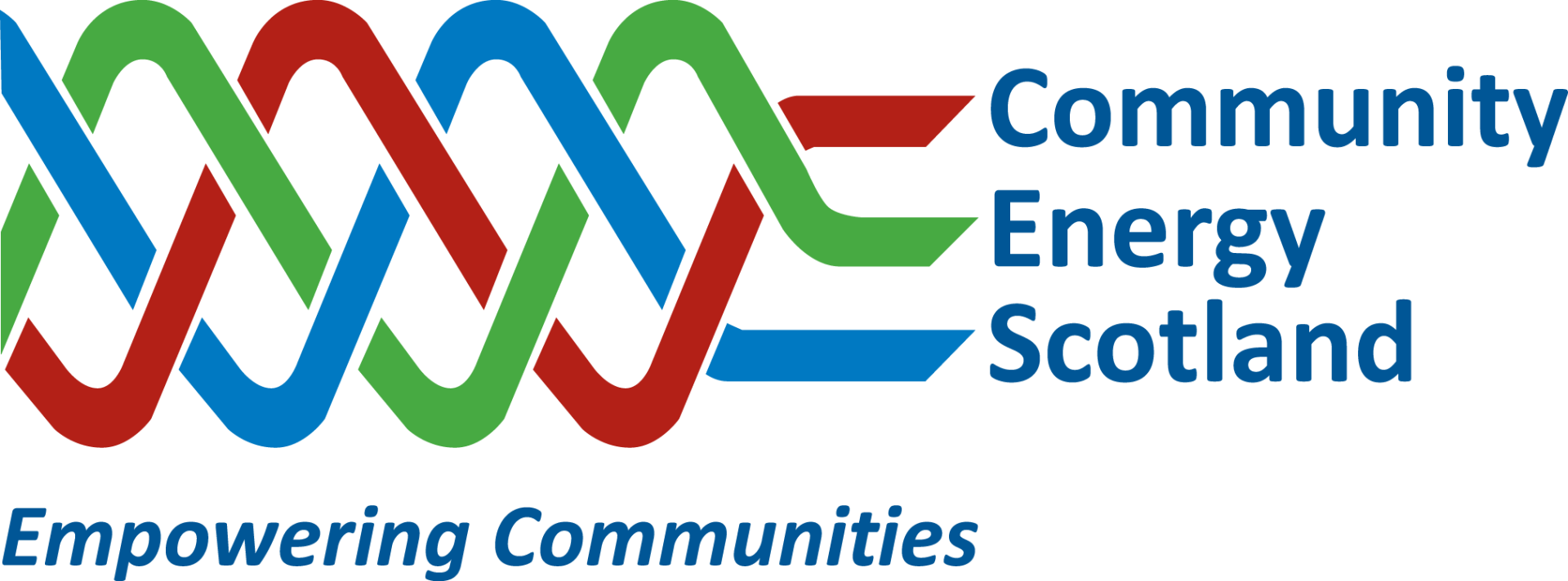
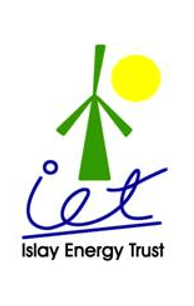
Carbon Neutral Islands (CNI) project
As the project develops, we’ll update on progress within this section of the IET website as well as on our Facebook page.
Islay is one of six pioneering Scottish islands in the Scottish Government’s Carbon Neutral Islands (CNI) project. The aim is to understand the challenges of decarbonising islands and develop innovative ways to reduce emissions.
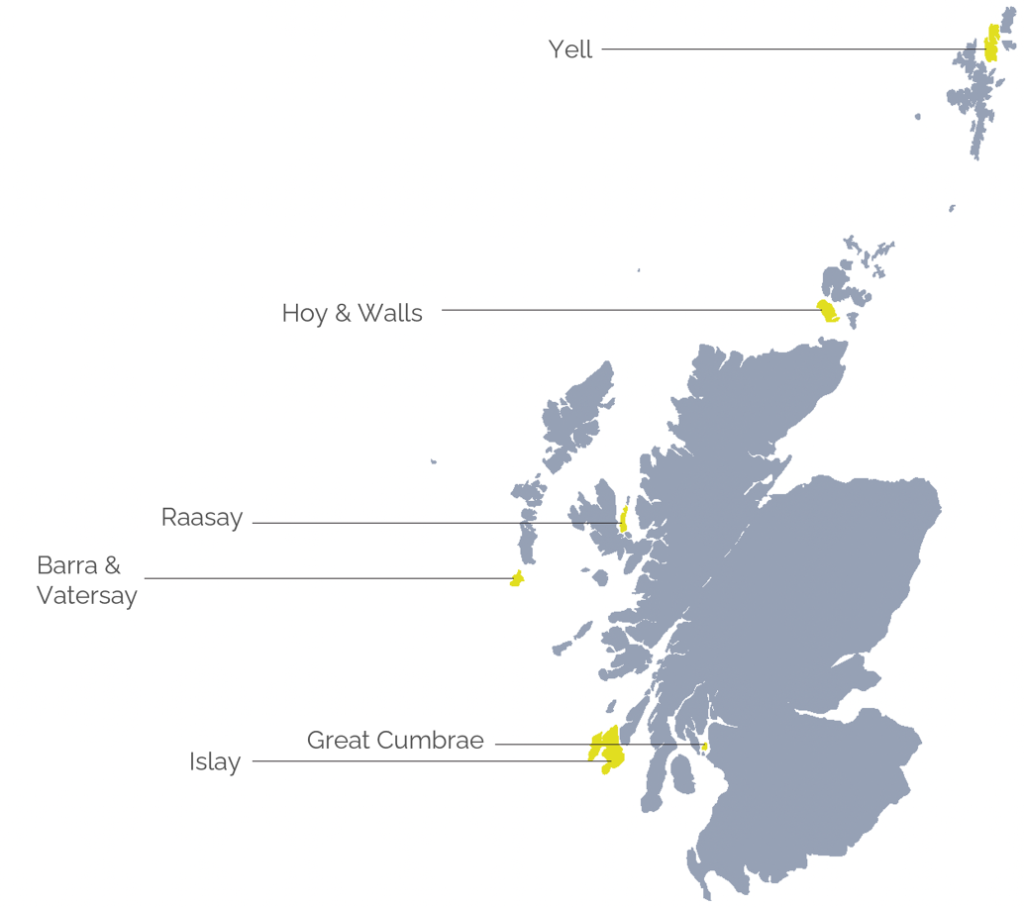
Net-zero for 2040
The ultimate goal is for Islay to reach net-zero emissions by 2040 – five years earlier than Scotland’s overall goal of 2045. Carbon neutral, or ‘net-zero’, means that our greenhouse gas emissions are balanced with the amount of greenhouse gases that are captured.
The first stage involved a range of carbon audits, supported by a wealth of community experts and local knowledge. These highlighted some of the major challenges for Islay and with ongoing community engagement, have helped develop the first draft of Islay’s Community Climate Action Plan.
Guided by a local steering group of representatives, the CNI project on Islay is managed by Islay Energy Trust and supported by Community Energy Scotland.
Reports:
Energy and Transport Carbon Audit Report
Energy & Transport
Energy
Islay’s energy use includes electricity provided by the grid as well as solid and liquid fuels used to heat buildings and power industry. Islay’s total energy consumption is approximately 240 GWh per year of which over 80% is supplied from imported fossil fuels, and 17% is grid supplied electricity.
Less than 1% of Islay’s energy demand is met by locally generated renewable electricity.

Energy is a huge source of greenhouse gas emissions for Islay, equivalent to an estimated 68,300 tonnes of carbon dioxide in 2022. The largest portion of this comes from the use of fuel in the island’s distilling industry, while the majority of household emissions are from heating homes with kerosene and solid fuels.
Decarbonising Islay will almost certainly require more electricity – such as for air-source heat pumps, electric and hybrid transportation, or even electrolysis for hydrogen production. As such, improvements to Islay’s electricity supply are essential.
The CNI project is aiming to install a small solar array to complement the existing community wind turbine. But this will only scratch the surface of Islay’s energy needs and bigger changes to our energy infrastructure are needed.
Transport
Overall, ferries are the biggest source of Islay’s transport emissions. On-island, private vehicle ownership and travel are a necessity for much of Islay life and there are limitations to public transport. The local economy also makes it one of Scotland’s busiest islands for freight traffic.
The CNI project is currently looking into options for EV infrastructure while exploring what the wider options might be to accommodate and power the transport of the future.
Land & Sea
Land use, forestry, and agriculture
Islay has lots of peaty soils. These can have very high greenhouse gas emissions if they are in poor condition. Reliable estimates for the whole island are tricky and work is still ongoing to understand these emissions and how to manage them.
The CNI project is currently aiming to combine soil testing with education. This will help to give us a better understanding of soil health on the island while developing the skills of future generations to continue caring for the land.
Islay is also home to coniferous forest plantations, broadleaved woodlands, and rare patches of Atlantic Rainforest. Properly managed, these help to capture carbon on Islay, and a number of initiatives already aim to improve this. Other ongoing initiatives on Islay include peatland restoration, agricultural carbon audits, and one of Scotland’s nine monitor farms.
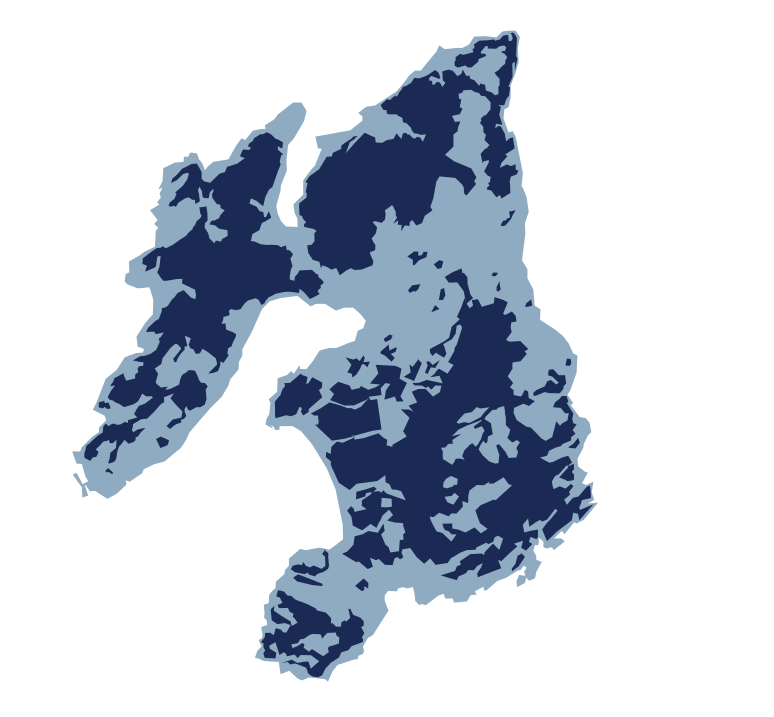
Blue Carbon
There are also carbon flows in Islay’s coastal waters. As part of the CNI project, a ‘Blue Carbon Habitat Suitability Study’ has been undertaken for Islay to provide a baseline to work from. This is a relatively new field of study and there is still much to learn.
The Scottish Blue Carbon Forum defines blue carbon as: “Carbon captured and stored in marine and coastal ecosystems that accumulates over long timescales through natural processes. In Scotland, blue carbon habitats include saltmarshes, seagrasses, kelp beds, biogenic reefs and geological sedimentary stores, such as seafloor and sea loch sediments.”
Waste & By-products
The CNI project aims to follow the priorities of the waste hierarchy, which places the prevention of waste at the top, followed by re-use, recycling, then recovery (e.g. energy from incineration), before disposal.
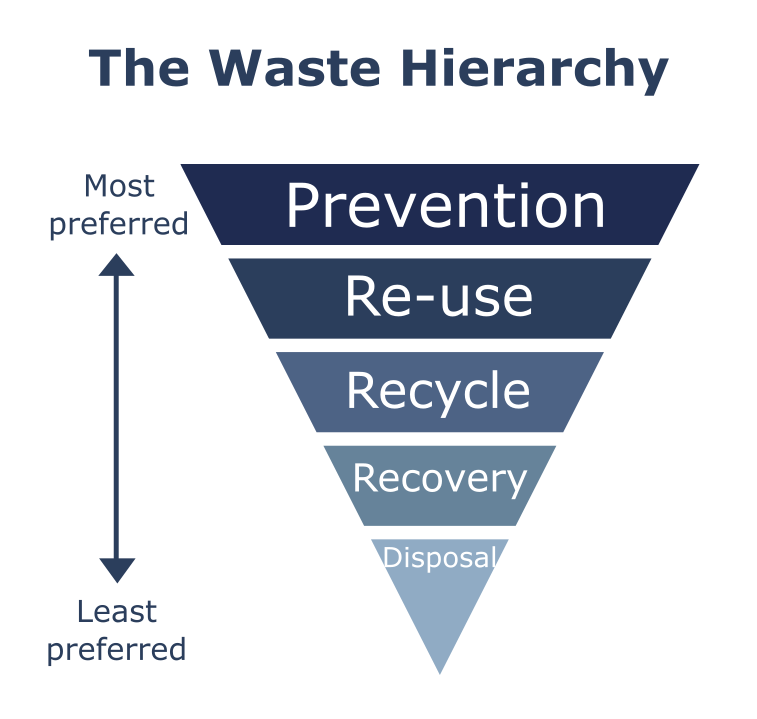
Compared to other sectors, greenhouse gas emissions from household waste are small on Islay. But what we do with our rubbish can make a big difference. For example, biodegradable waste in landfill breaks down to produce methane, a greenhouse gas which is measured as 28 times more impactful than regular carbon dioxide. An analysis of household waste on Islay in 2014 revealed that more than half of household waste going to landfill is biodegradable.
Larger emissions can be associated with industrial wastewater and by-products on the island. These represent both a challenge and opportunity for Islay, and the CNI project aims to explore how we can use these as a resource in future.
Contact
For more information email cni@islayenergytrust.org.uk
